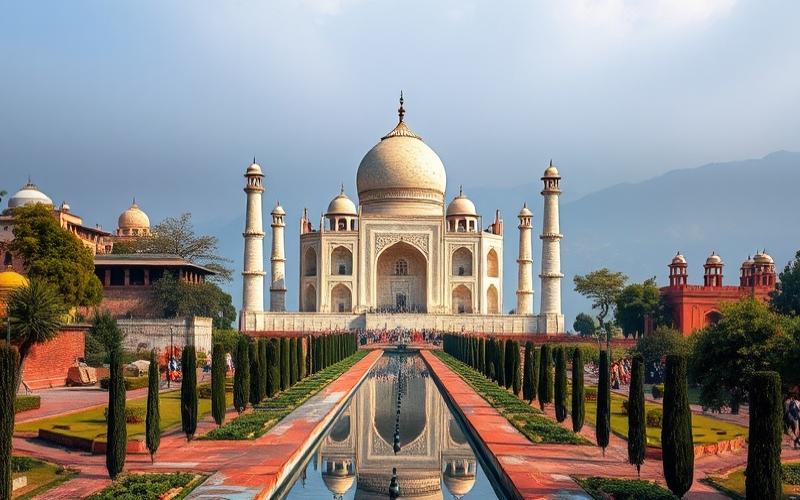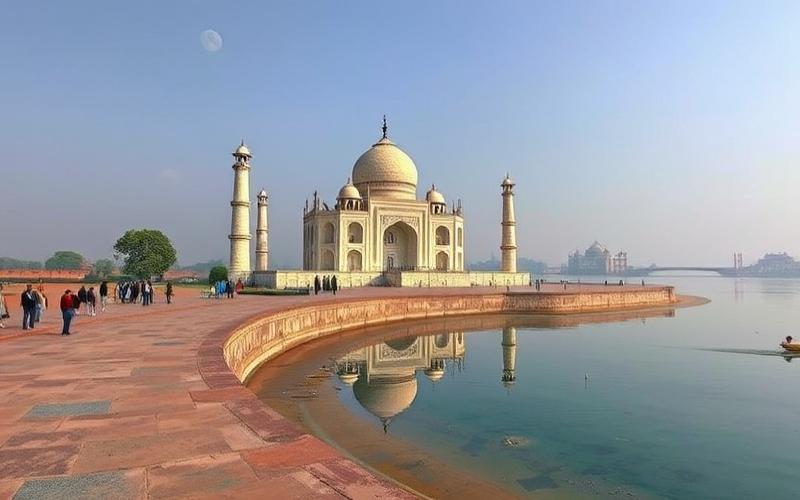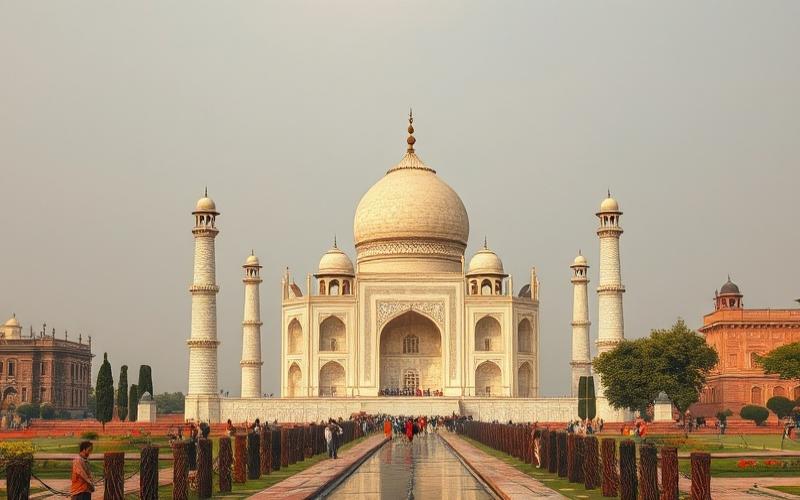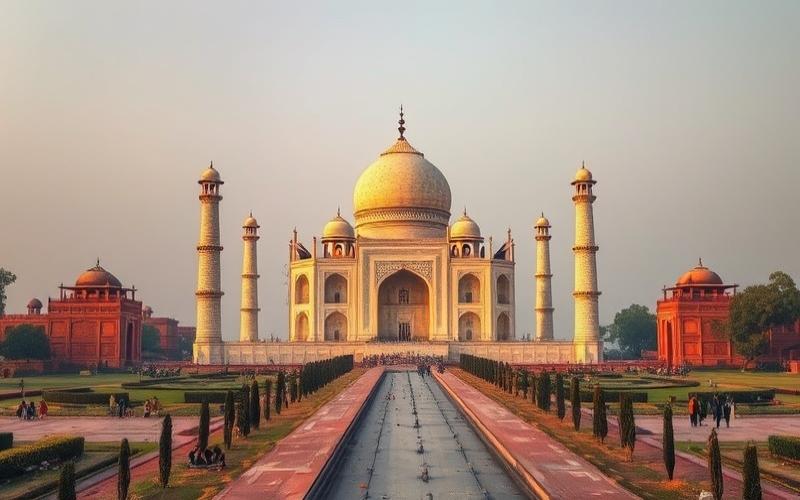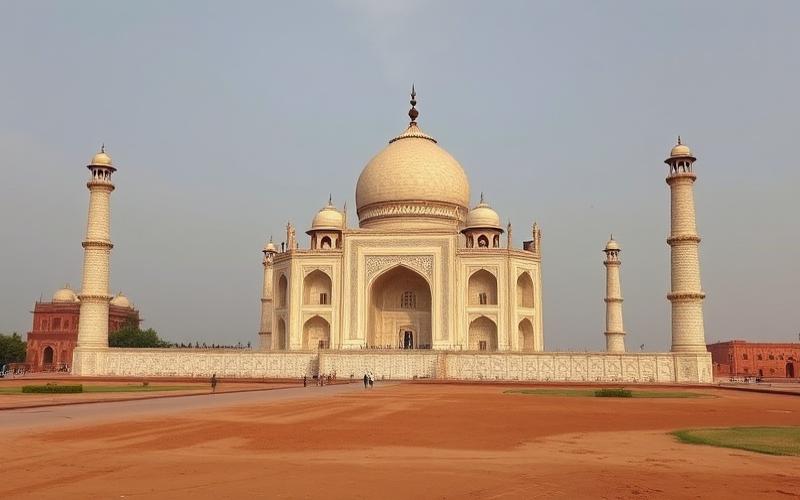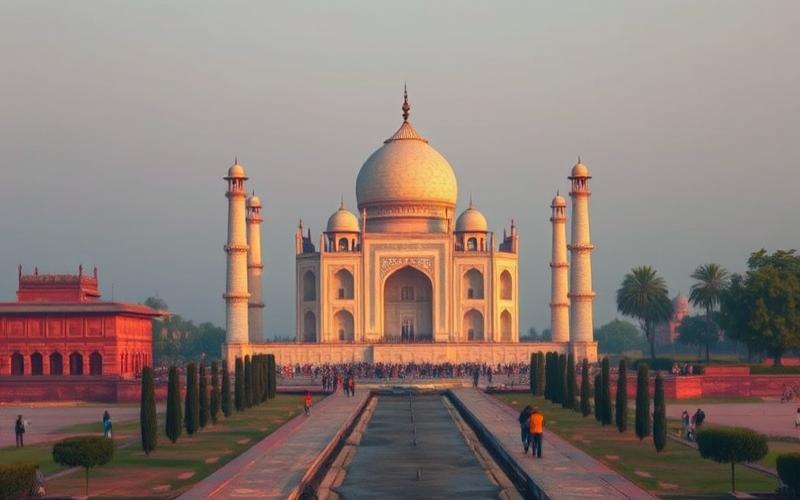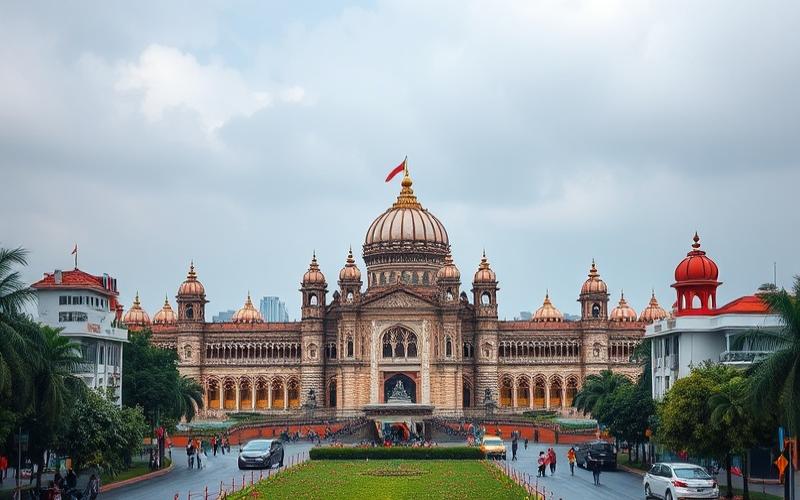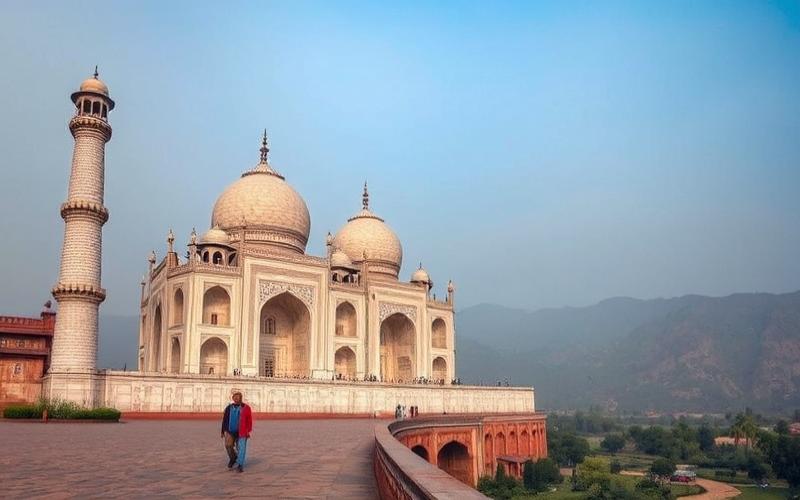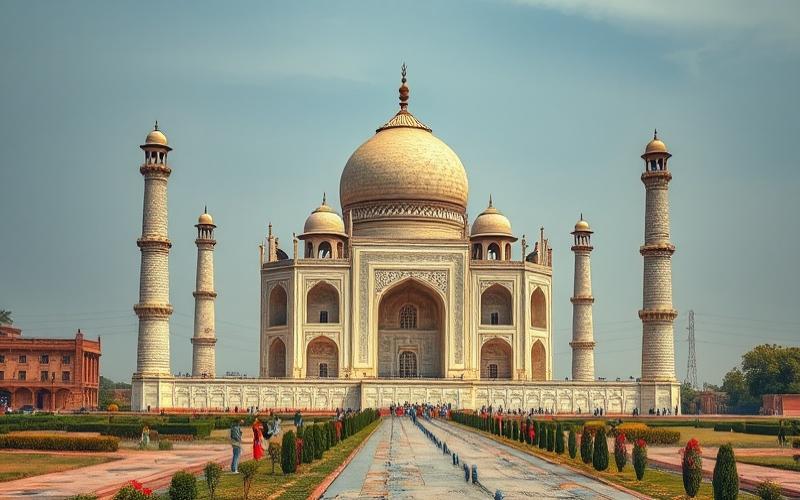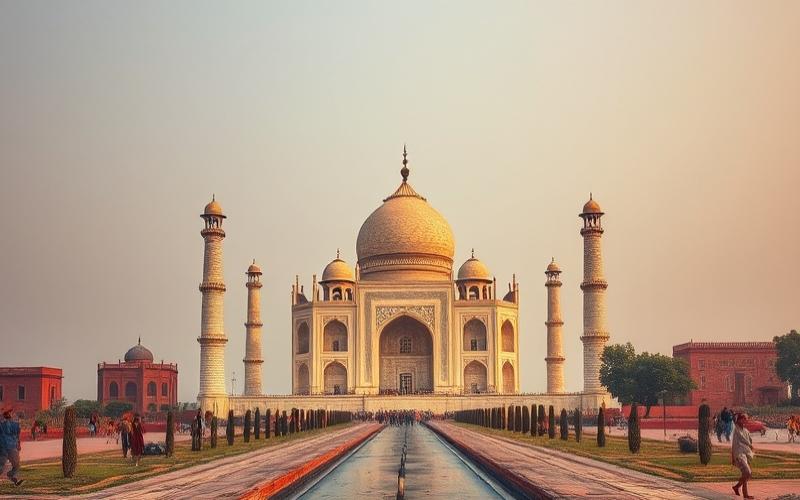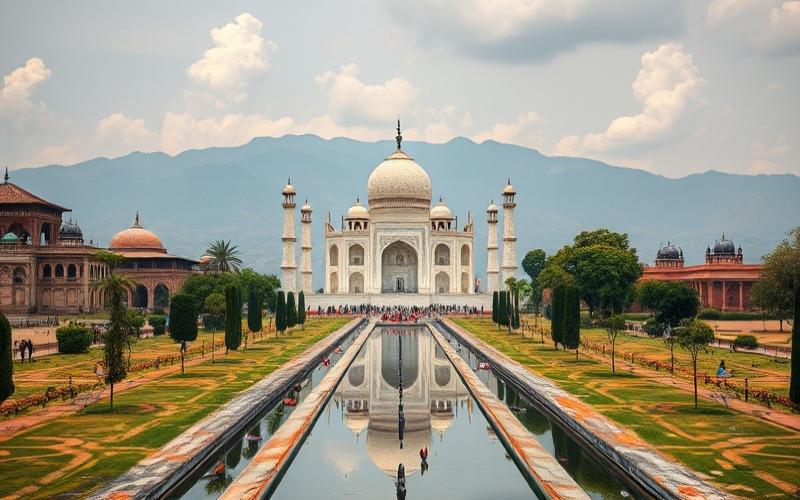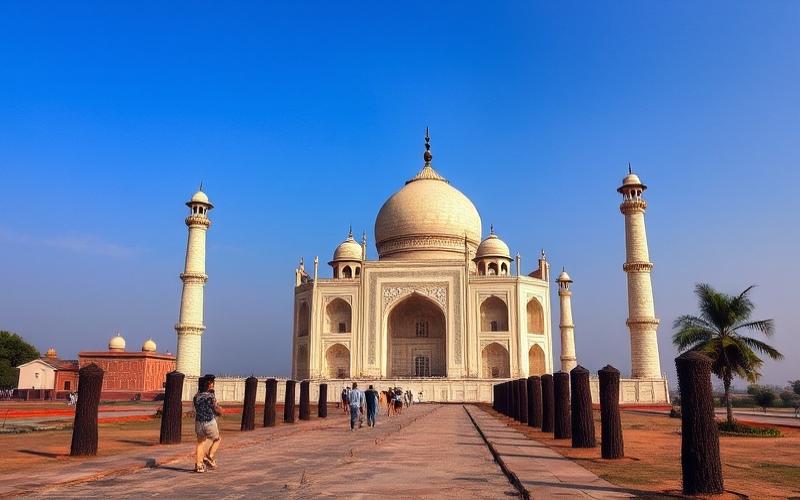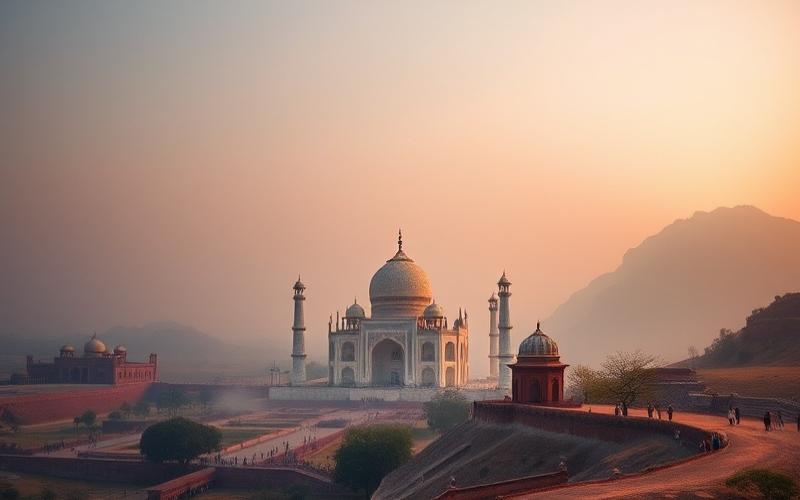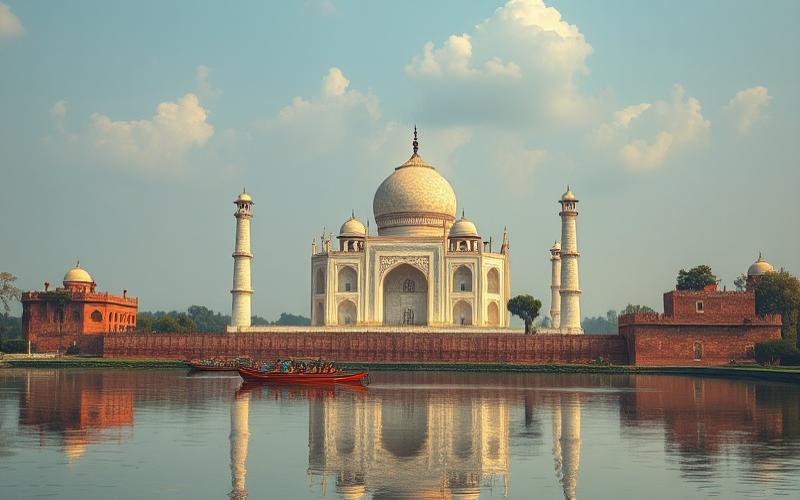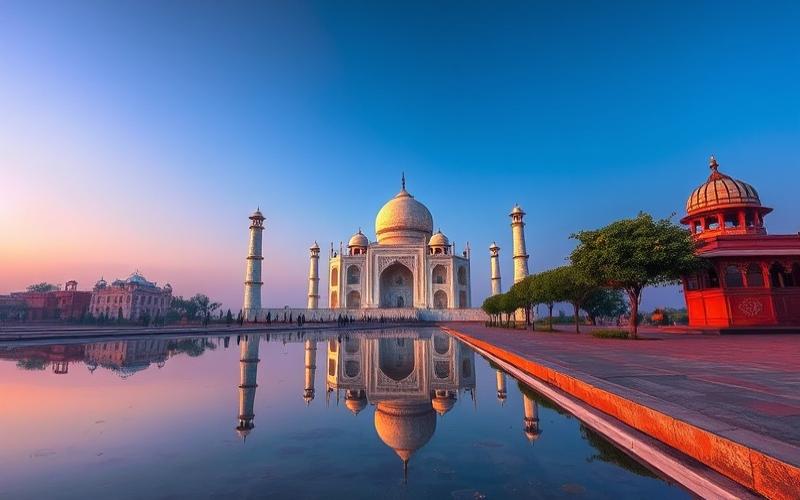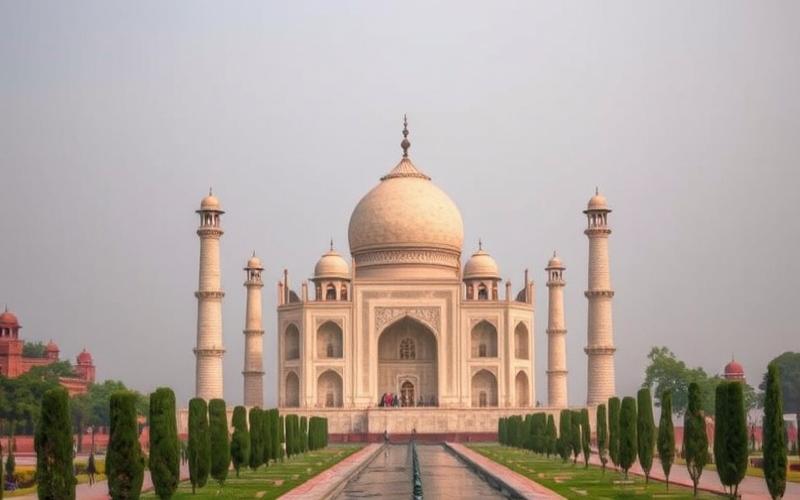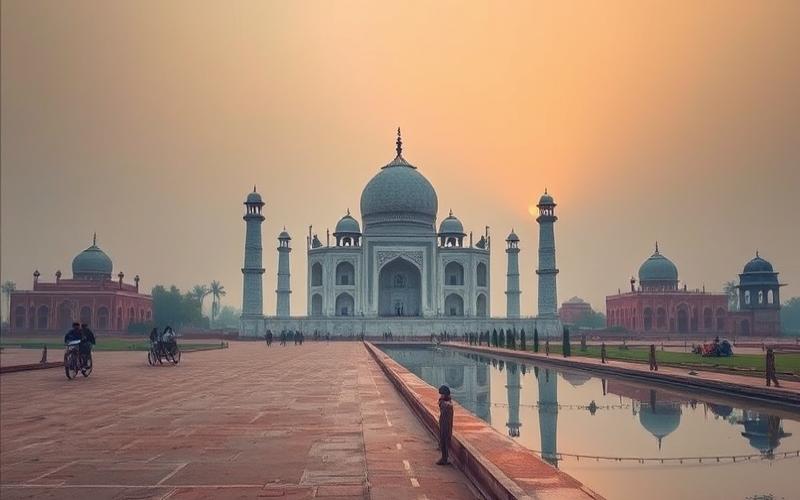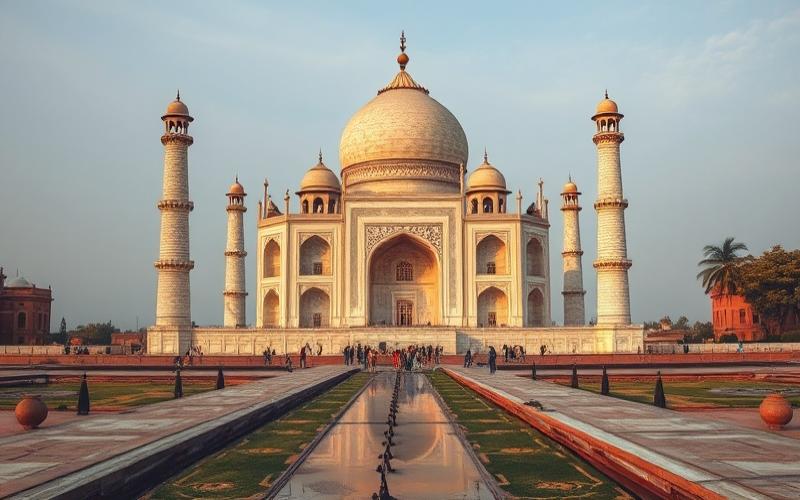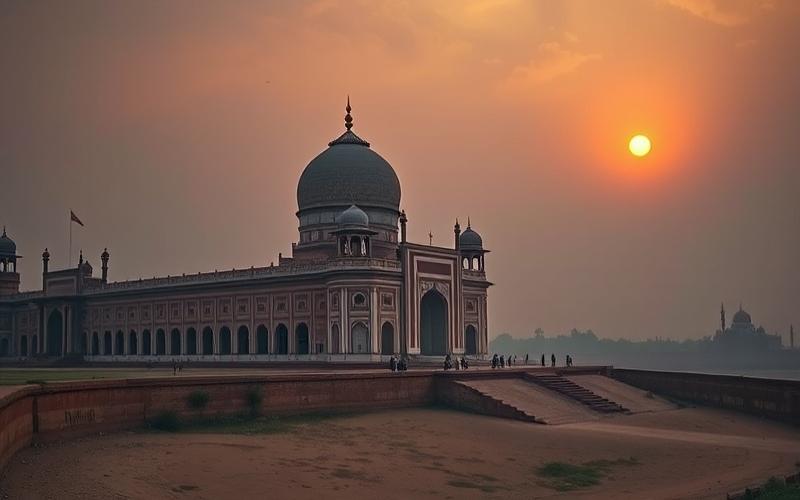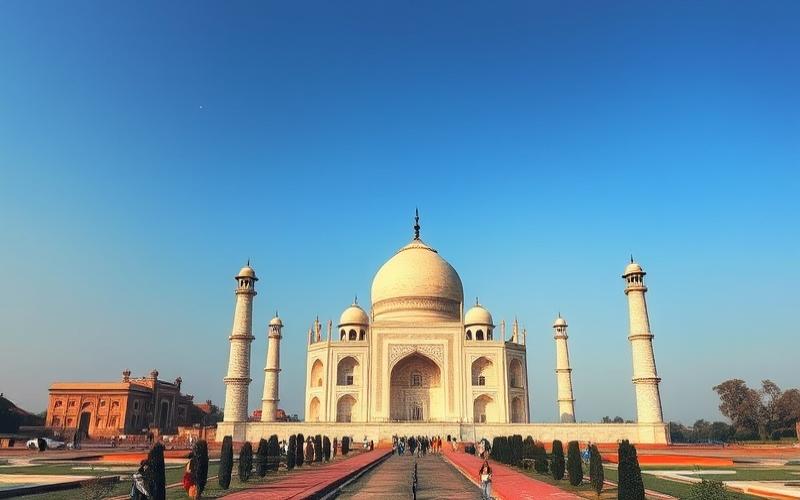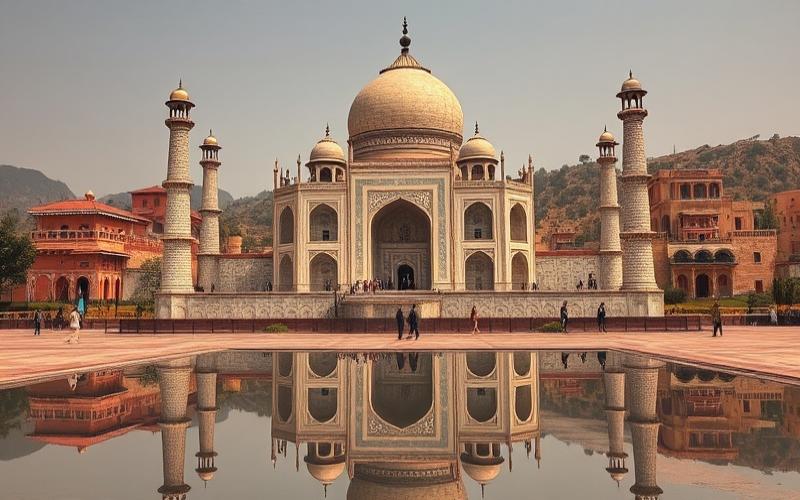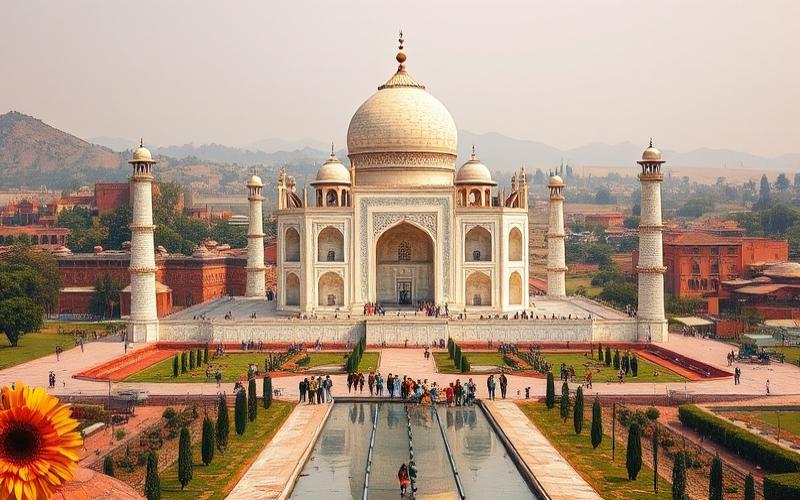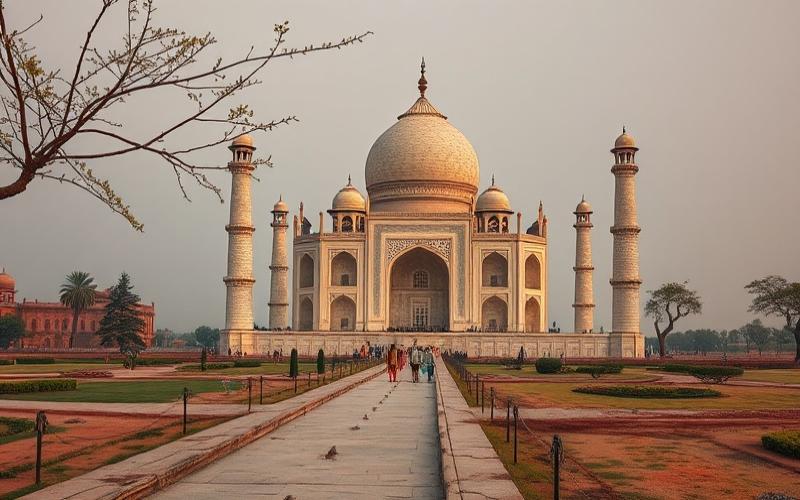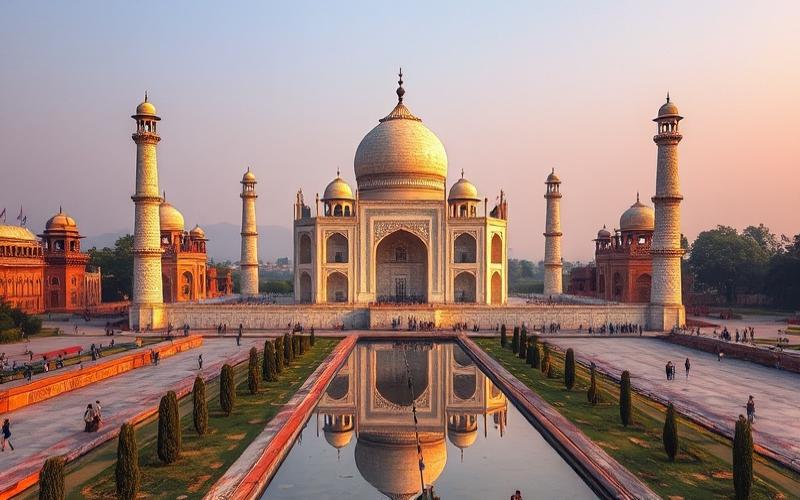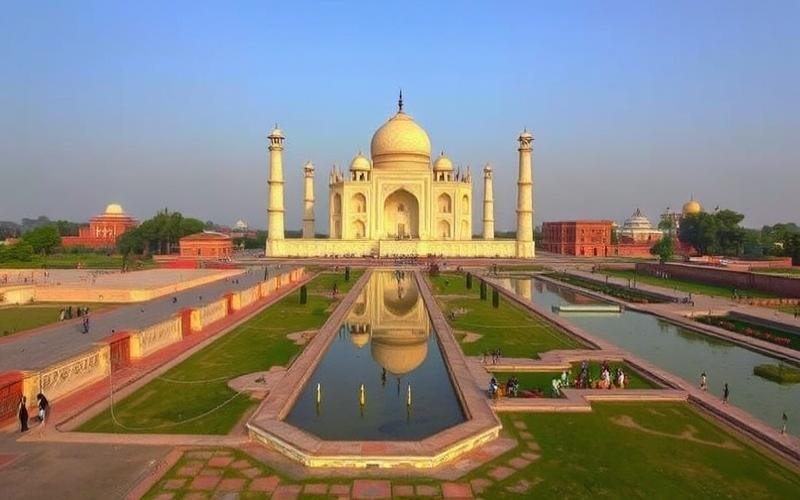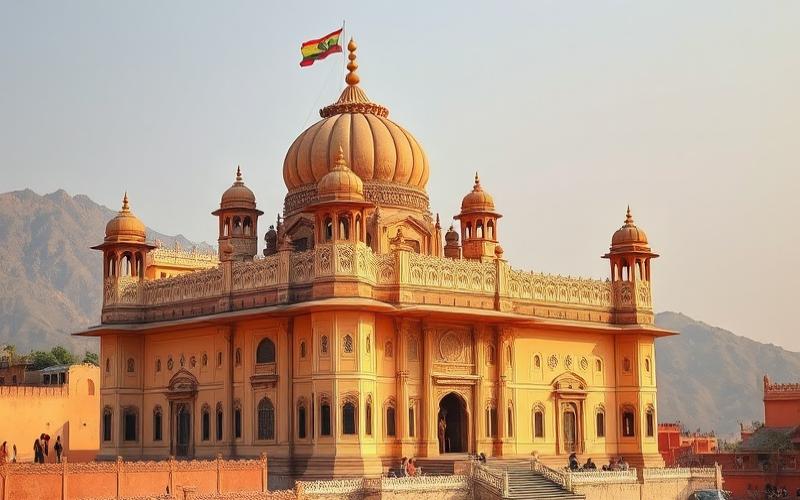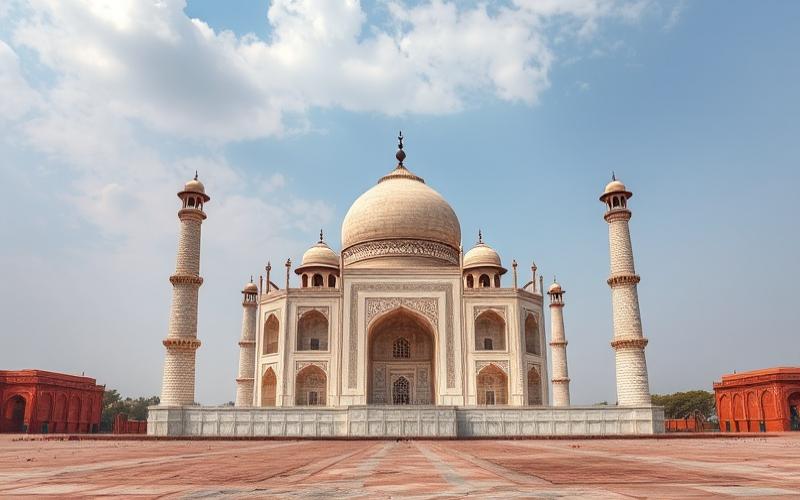
 Published on and written by Cyril Jarnias
Published on and written by Cyril Jarnias
India, with its diverse population and wide range of health challenges, presents a unique healthcare insurance landscape where public coverage and private coverage coexist and compete to meet citizens’ needs.
In a context where public medical infrastructure remains insufficient, particularly in rural areas, many people turn to private insurance to compensate for public system shortcomings.
This dynamic raises crucial questions about accessibility, quality of care, and how these two models can coexist and mutually enhance each other to meet population expectations.
Through this analysis, this article explores how government initiatives and private actors are shaping India’s healthcare sector while seeking to understand the underlying challenges of this duality.
Comparing Healthcare Systems in India
Comparison of Public and Private Healthcare Systems in India
| Criterion | Public System | Private System |
| Access to Care | Widely available, especially in rural areas, but underutilized due to perceived low quality, staff shortages, and overcrowded infrastructure. | Better equipped, more accessible in urban areas; limited access for rural and poor populations. |
| Service Quality | Often considered low: absenteeism, medication shortages, outdated infrastructure, overcrowding. | Generally superior: modern equipment, staff availability, but quality varies between facilities. |
| User Costs | Almost free or low cost (symbolic co-payments), but high indirect expenses (travel, waiting time, service unavailability). | High costs, fully borne by patients (without insurance), making access difficult for the poorest. |
| Geographic Coverage | Broad coverage, particularly in rural areas, but services often absent or closed (e.g., 56% of centers closed in Udaipur). | Primarily concentrated in major cities and urban centers. |
Major Challenges of Both Systems
Public Sector:
- Chronic underfunding (approximately 2% of GDP).
- Medical staff absenteeism.
- Outdated infrastructure, facility overcrowding.
- Low appeal for middle and upper classes, who turn to private sector.
- Regional inequalities: states like Kerala have effective public systems (38,000 hospital beds), while other areas remain underserved.
Private Sector:
- Profit-driven, primarily accessible to wealthy populations or expatriates.
- Strong socioeconomic inequalities: 74% of health expenditures are private, excluding large portions of the population.
- Less present in rural areas, worsening access disparities.
Statistics and Case Studies
Over 70% of Indians have no real social coverage, and 98% of elderly people have no health insurance.
In 2003, a study in 100 villages of Udaipur showed that over 75% of care was provided by traditional healers or the private sector, despite theoretical presence of public centers.
Approximately 85% of doctors practice in the private sector, which also holds the majority of hospitals (45,000 versus 25,000 for public).
Recent Reforms and Perspectives
Gradual increase in health budget (rising from 1.6% of GDP in 2021 to 2.2% in 2023).
Development of public health insurance programs (e.g., Ayushman Bharat) aiming to expand coverage for the poorest, but coverage remains partial and unequal between states.
Encouragement of private sector regulation, but with limited effectiveness.
Progressive expansion of telemedicine and public-private partnerships to improve quality and accessibility.
Future Perspectives
- Need for significant increase in public funding to improve quality, reduce inequalities, and guarantee universal access.
- Strengthening private sector regulation to limit abuses and ensure better access equity.
- More effective deployment of health insurance systems, particularly for informal workers and rural populations.
- Focus on prevention and integration of primary care to relieve hospital congestion.
Key Takeaway: The Indian healthcare system remains marked by strong inequalities, an exacerbated public-private duality, and chronic underfunding of the public sector. Recent reforms initiate progress, but equitable access and quality care remain major future challenges.
Good to Know:
In India, the distinction between public and private healthcare systems is marked by significant differences in access and service quality. The public system, though subsidized, suffers from limited geographic coverage and often overcrowded, underfunded services, forcing many citizens, especially in rural areas, to turn to the private sector, which is more expensive but generally better equipped and offers superior quality services. Private healthcare costs remain prohibitive for much of the population, accentuating socioeconomic inequalities. Recent reforms aim to mitigate these disparities through the Ayushman Bharat initiative, which seeks to expand health coverage for the most deprived, though the impact of these measures remains to be evaluated. A case study from Kerala reveals a relatively effective public healthcare system, supporting the idea that regional investment can make a notable difference. However, challenges persist, including balancing private and public health services and the need for strict regulation to ensure equitable and affordable access to healthcare.
Differences Between Public and Private Insurance
| Criterion | Public Insurance (India) | Private Insurance (India) |
|---|---|---|
| Structure and Funding | Centralized or state administration. Primarily funded by the state through taxes and national programs. | Managed by private companies, national or international. Funding based on premiums paid directly by policyholders or their employers. |
| Coverage Scope | Mainly covers vulnerable populations (poor, elderly) and certain public employees. Basic services free in public sector, but coverage often limited: general consultations, basic hospitalizations. | Targets middle/upper classes, expatriates, and businesses. Offers wide range of services: full hospitalization, specialized care, modern medicine, and access to well-equipped private hospitals. |
| Accessibility and Costs | Theoretically free or low-cost access; in practice long wait times in public system; limited infrastructure especially in rural areas. Low direct costs but possible additional expenses for uncovered medications/care. | High premiums (example: $650 annual at age 30), varying deductibles depending on contract. Quick access to modern care without significant waiting. Substantial expenses without adequate private insurance. |
| Quality of Care | Variable quality: sometimes outdated equipment especially outside major cities; limited provider choice; basic medical technologies. Frequent overcrowding. | Perceived superior care: private hospitals with modern equipment, better-trained staff. Wide choice of providers and advanced technologies mainly available in urban areas. |
| Claims Process | Often slow bureaucratic process: multiple administrative steps for reimbursements or access to free/subsidized benefits. | Digitized/rapid process with many private insurers: simplified reimbursement management via mobile apps/websites. Possible multilingual customer service for expatriates/international clients. |
Concrete Examples & Statistics
Over 70% of Indians have no real social insurance.
Private policies typically cover 100% of hospitalization, whereas public coverage is partial depending on the region.
The average cost of private hospitalization coverage at age 50 reaches approximately $1,200 per year.
Specific Challenges in the Indian Context
Public Sector
- Chronic underfunding
- Lack of infrastructure/hygiene especially in rural areas
- Strong regional disparities between major cities with high-performing university facilities vs under-equipped countryside
Private Sector
- Almost exclusive accessibility to wealthy urban populations
- Prohibitive cost without adequate insurance
- Rapid expansion thanks to international medical tourism – treatments up to 90% cheaper than in Europe/USA but still unaffordable for local majority
Major Advantages
Public sector: enables minimal universal access even without financial resources.
Private sector: faster patient journey/no waiting lists – superior quality ensuring safety/satisfaction particularly for complex procedures.
Visual Summary
PUBLIC INSURANCE IN INDIA
✔️ Low cost
✔️ Accessible throughout the territory
❌ Variable quality
❌ Long delays
❌ Limited coverage beyond priority populations
PRIVATE INSURANCE IN INDIA
✔️ Rapid/modern care
✔️ Wide range of specialists/advanced benefits
✔️ Digitally facilitated claims
❌ High premiums/not accessible to all
❌ Mainly available in urban areas
Good to Know:
In India, public insurance is primarily funded by the central and state governments, targeting low-income populations with coverage including basic medical services in public hospitals, while private insurance, funded by premiums paid by policyholders, offers more extensive coverage, including specialized care and access to private hospitals. Costs for policyholders are generally higher with private insurance due to higher premiums and co-payments, but it offers greater accessibility and reduced waiting times. Quality of care is often perceived as superior in the private sector thanks to a wider choice of providers and advanced medical technologies. However, the claims process is often more complex and bureaucratic in public insurance than in private, where it’s generally faster and more transparent. In India, regional disparities play a key role, with access inequalities between urban and rural areas, public coverage often being limited in rural regions. Public insurance remains crucial for the most vulnerable, but private insurance benefits attract those who can afford it, highlighting the need for strengthened public infrastructure to bridge gaps.
Insurance Options for Expatriates in India
Different Types of Health Insurance Available for Expatriates in India
- Local Health Insurance: Purchased from an Indian company, often mandatory to access certain care or comply with local regulations. Coverage can vary, typically limited to India and local hospital networks.
- International Health Insurance: Offered by international companies or specialized for expatriates. Broader coverage, care in India and abroad, medical evacuation and repatriation coverage, access to international care networks.
| Insurance Type | Geographic Coverage | International Care Access | Repatriation/Evacuation | Eligibility |
|---|---|---|---|---|
| Local (India) | India only | No | Rarely | Residents, expatriates |
| International | Worldwide (incl. India) | Yes | Yes | Expatriates, families |
| CFE + Supplementary | France, India, Worldwide | Yes | Yes | French, EU, CFE subscribers |
Coverage Differences Between Public and Private Options
- Public System (India):
- Universal access but often reserved for citizens or long-term residents.
- Highly variable care quality and availability between regions.
- Limited coverage for specialized care, hospitalizations, or expensive medications.
- Private System/Private Insurance:
- Access to high-level facilities, often used by expatriates.
- Coverage for hospitalization costs, specialized treatments, medical evacuation, care abroad.
- Personalized coverage according to needs.
Eligibility Criteria
- Local Insurance: Often accessible to expatriates with long-term visas or work permits.
- International Insurance: Generally open to all expatriates, with criteria based on age (often up to 65-70 at enrollment), health status, and length of stay.
- CFE + Supplementary: Reserved for French or European nationals, or those who contributed to French Social Security.
Main Insurance Companies in India Offering Products for Expatriates
- International Companies: Allianz Care, Cigna, MSH, April, Henner, Foyer Global Health, Now Health, WellAway, Pacific Cross, PassportCard, Malakoff Humanis, SPVIE Assurances, Chapka, AssurTravel, ACS, Illyade, Odyssée, Eugen, Groupe GGA, Verspieren, L’Équité.
- Local Companies: Star Health, Apollo Munich (HDFC Ergo), Max Bupa, ICICI Lombard, Religare, Aditya Birla, Bajaj Allianz.
Average Premium and Deductible Costs
| Insured Age | Hospitalization Only Coverage ($/year) | Comprehensive Coverage ($/year) | Common Deductible ($/year) |
|---|---|---|---|
| 30 years | 650 | 1,000-1,350 | 350-900 |
| 50 years | 1,200 | 1,700-2,250 | 450-1,100 |
Rates vary according to coverage level, chosen deductibles, and company.
Specific Benefits Relevant for Expatriates
- Emergency Medical Evacuation: Coverage for transport to another country if care cannot be provided locally.
- Medical Repatriation: Return to home country in case of serious illness or death.
- Access to International Care Networks: Direct billing at numerous partner facilities worldwide, simplifying expense management.
- 24/7 Assistance: Multilingual support, emergency management, guidance to appropriate facilities.
Challenges and Special Considerations for Expatriates
- Understanding the Indian healthcare system and quality differences between public and private.
- Need to verify international recognition of local insurance policies.
- Waiting periods, exclusions (pre-existing conditions, maternity, psychiatry), reimbursement caps.
- Importance of choosing coverage adapted to mobility (frequent travel, returns to Europe).
- Risk of high costs in private hospitals without adequate insurance.
- Need for specific guarantees: evacuation, repatriation, care outside India.
- Administrative complexity during reimbursement, need for effective customer support.
Choosing the right health insurance in India means ensuring peace of mind and access to the best care, even in emergency situations.
Good to Know:
Expatriates in India can choose between local and international health insurance to ensure adequate medical coverage. Local insurance, often less expensive, comes with stricter eligibility criteria and may offer limited coverage for care abroad or medical evacuation. Conversely, international insurance typically provides more extensive coverage, including benefits like repatriation and access to international care networks. Among the main companies offering products adapted for expatriates are ICICI Lombard, Max Bupa, and Religare Health. Premiums for international insurance can be high, with deductibles varying according to the chosen plan, but they often guarantee better quality and flexibility of care. Expatriates must also consider challenges related to understanding local regulations and accessing care quality equivalent to that in their home country.
Disclaimer: The information provided on this website is for informational purposes only and does not constitute financial, legal, or professional advice. We encourage you to consult qualified experts before making any investment, real estate, or expatriation decisions. Although we strive to maintain up-to-date and accurate information, we do not guarantee the completeness, accuracy, or timeliness of the proposed content. As investment and expatriation involve risks, we disclaim any liability for potential losses or damages arising from the use of this site. Your use of this site confirms your acceptance of these terms and your understanding of the associated risks.

